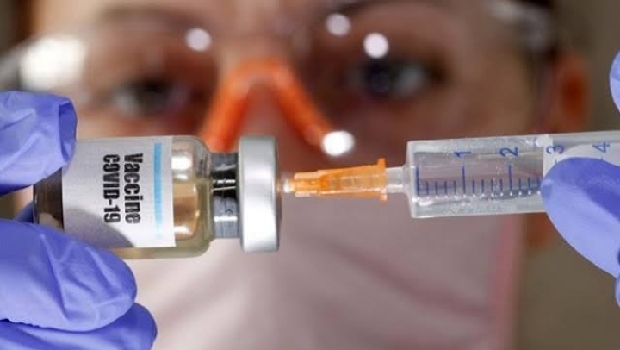
London, December 30: American researchers claim to have solved a cryptic formula that renowned mathematician Srinivasa Ramanujan believed came to him in dreams while on his deathbed, the Daily Mail reported on Saturday.
The formula was contained in a letter he wrote to his mentor, the English mathematician G.H. Hardy, from his deathbed in 1920 outlining several new mathematical functions that had never been heard of before, together with a theory about how they worked. It had baffled mathematicians for more than 90 years, but new findings — presented at a conference at the University of Florida last month — reportedly show that Ramanujan's “hunch” about his formula was right — that it could explain the behaviour of black holes.
“We've solved the problems from his last mysterious letters,” said the well-known American mathematician Ken Ono of Emory University.
“For people who work in this area of math, the problem has been open for 90 years … Ramanujan's legacy, it turns out, is much more important than anything anyone would have guessed when Ramanujan died.”
He said the so-called “deathbed puzzle” which, according to Ramanujan, was revealed to him by the goddess Namagiri, may unlock secrets about black holes. “We proved that Ramanujan was right. We found the formula explaining one of the visions that he believed came from his goddess. No one was talking about black holes back in the 1920s when Ramanujan first came up with mock modular forms, and yet, his work may unlock secrets about them,” said Professor Ono.
The Mail said that Ramanujan's letter described several new functions that behaved differently from known theta functions, or modular forms, and yet closely mimicked them.
“Functions are equations that can be drawn as graphs on an axis, like a sine wave, and produce an output when computed for any chosen input or value. Ramanujan conjectured that his mock modular forms corresponded to the ordinary modular forms earlier identified by Carl Jacobi, and that both would wind up with similar outputs for roots of 1,” it said. Nobody at the time understood what the Indian mathematical genius was talking about.
“It wasn't until 2002, through the work of Sander Zwegers, that we had a description of the functions that Ramanujan was writing about in 1920,” Prof. Ono said.






Comments
Add new comment